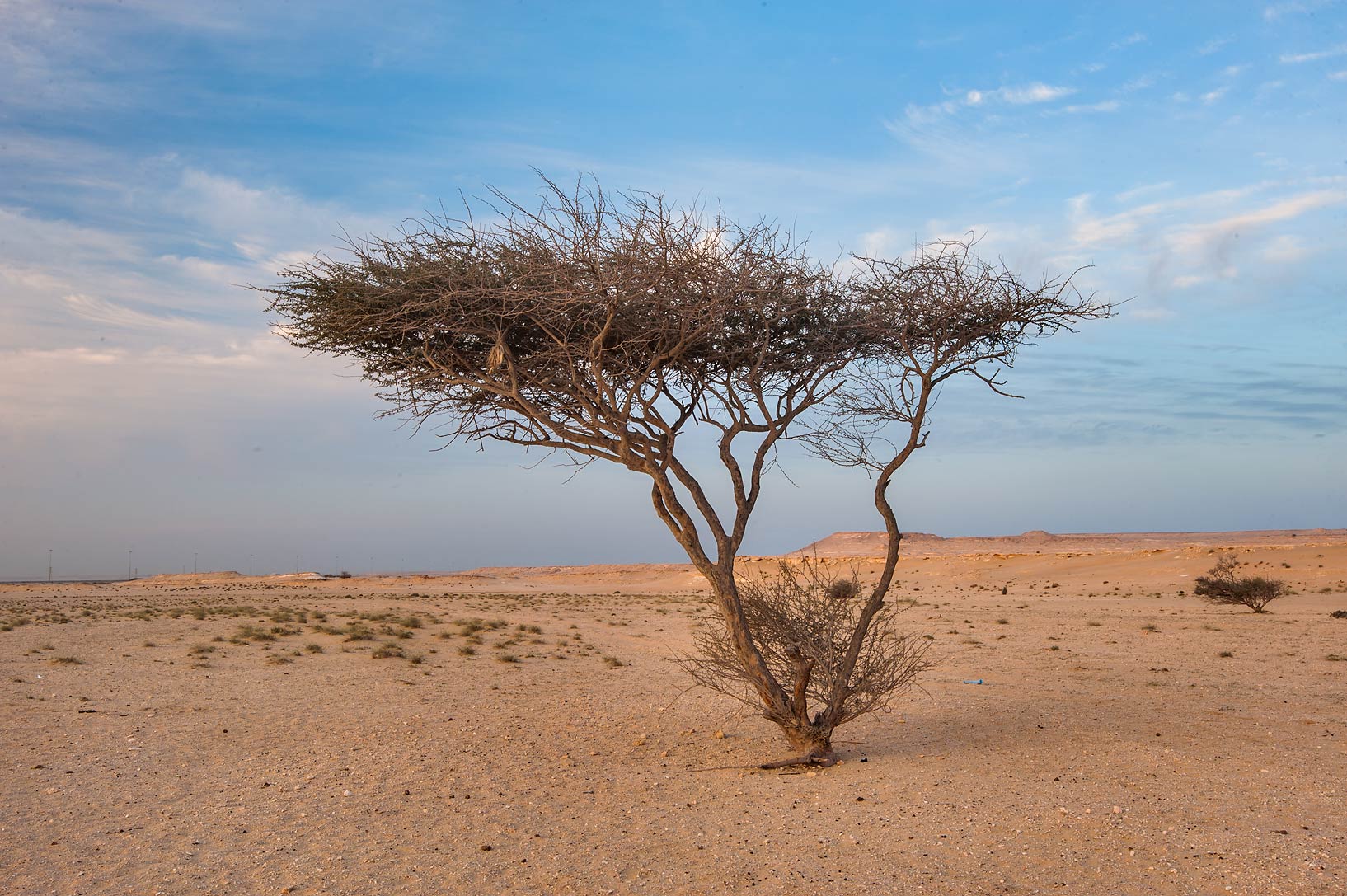This is one of the most amazing deserts on the planet and it holds a fascinating record! In this post, you’ll discover the ultimate list of interesting facts about the Sahara Desert!
Most of the Sahara isn’t actually covered with sand
When we think of the Sahara, the first images that come to mind are vast areas of sand with maybe some dunes here and there and probably some camels wandering about. Well, most of the Sahara Desert doesn’t actually consist of this type of landscape! Most of the desert consists of so-called “hamadas,” large areas of rocky plateaus. This doesn’t mean that there aren’t any sandy areas, though, but these don’t make up most of the desert. Other typical landscape features in the desert are dune fields, sand seas, stone plateaus, gravel plains, dry valleys, dry lakes, salt flats, and dunes that can reach a height of up to 180 meters.
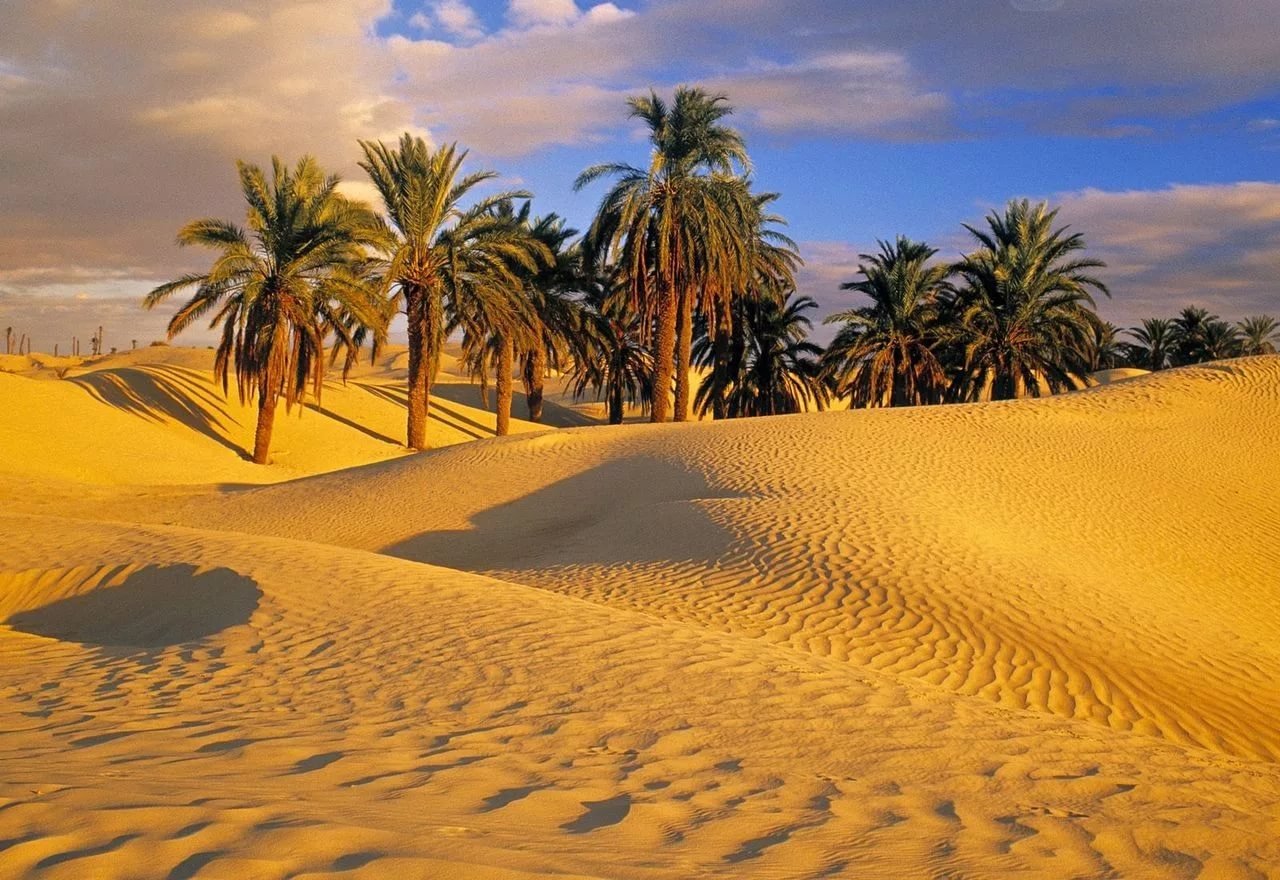
An extremely rare big cat lives in the desert
The desert is home to many animals, including several species of foxes, the addax, a type of antelope that has developed a system to deal with dry periods, multiple species of lizards, and Dromedary camels, the most popular desert animal in the world. One of the most dangerous animals in the Sahara is only about 10 centimeters long but is renowned for being extremely poisonous. This animal is called the deathstalker scorpion and it’s best not to come across these at all.
Perhaps the most fascinating animal living in some parts of the desert is one of the biggest cats in the world called the “northwest African cheetah,” one of the cheetahs native to Africa. Unfortunately, these cheetahs are critically endangered as only about 250 individuals roam around in Algeria, Togo, Niger, Mali, Benin, and Burkina Faso.
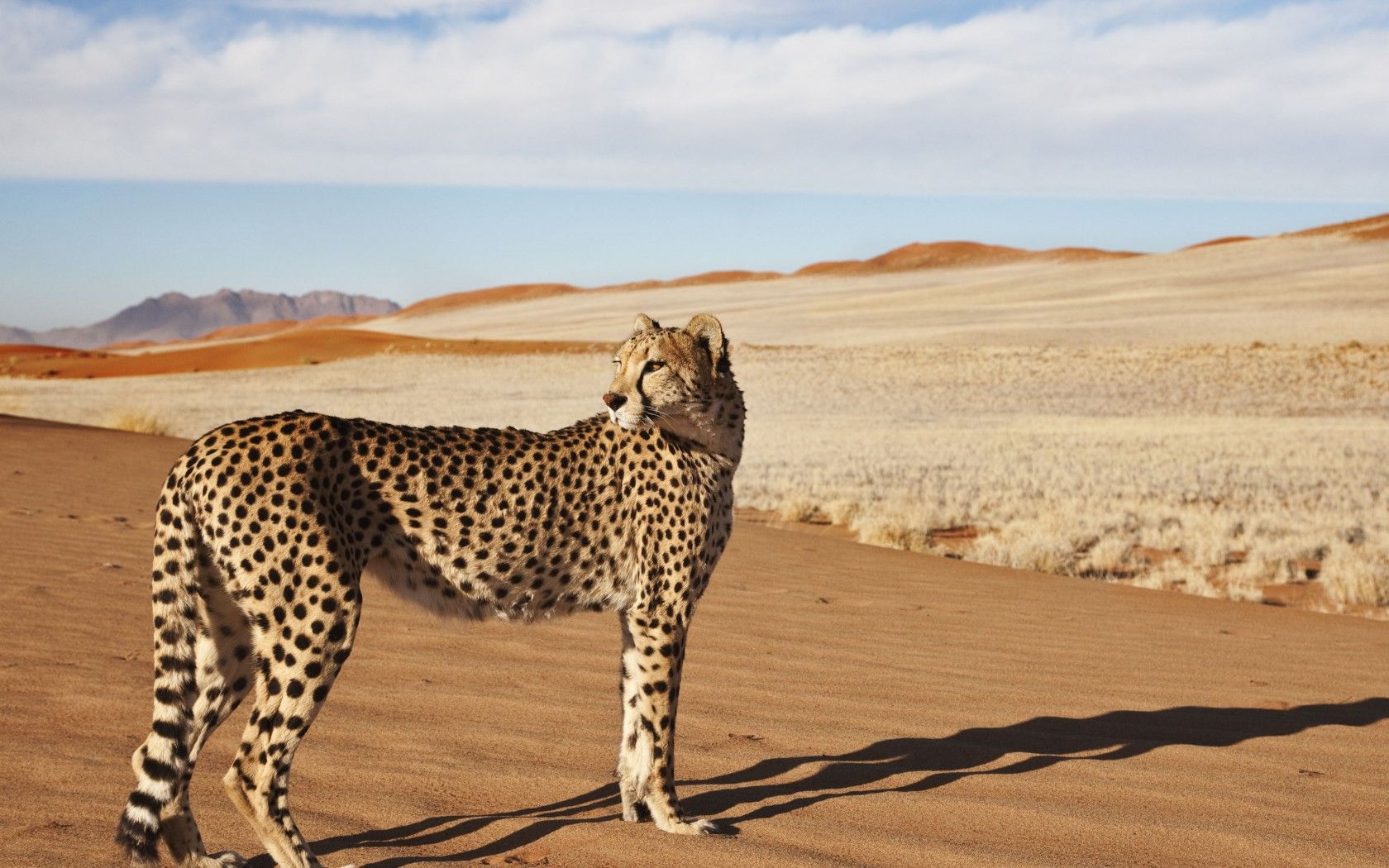
The desert has been inhabited by people for thousands of years
Apart from a wide variety of animals, parts of the deserts have been inhabited by human beings for thousands of years. A large number of cultures have lived in or on the edges of the desert, most famously the Ancient Egyptians which were preceded by the predynastic Egyptians around 6000 B.C.
The Romans occupied large parts north of the Sahara which they referred to as the “Desertum Africanum,” located south of the Roman province of Africa. The most important event in the history of the Sahara is the Muslim Conquest of North Africa halfway through the 7th century. After this, most of the desert was heavily influenced by Islamic culture.
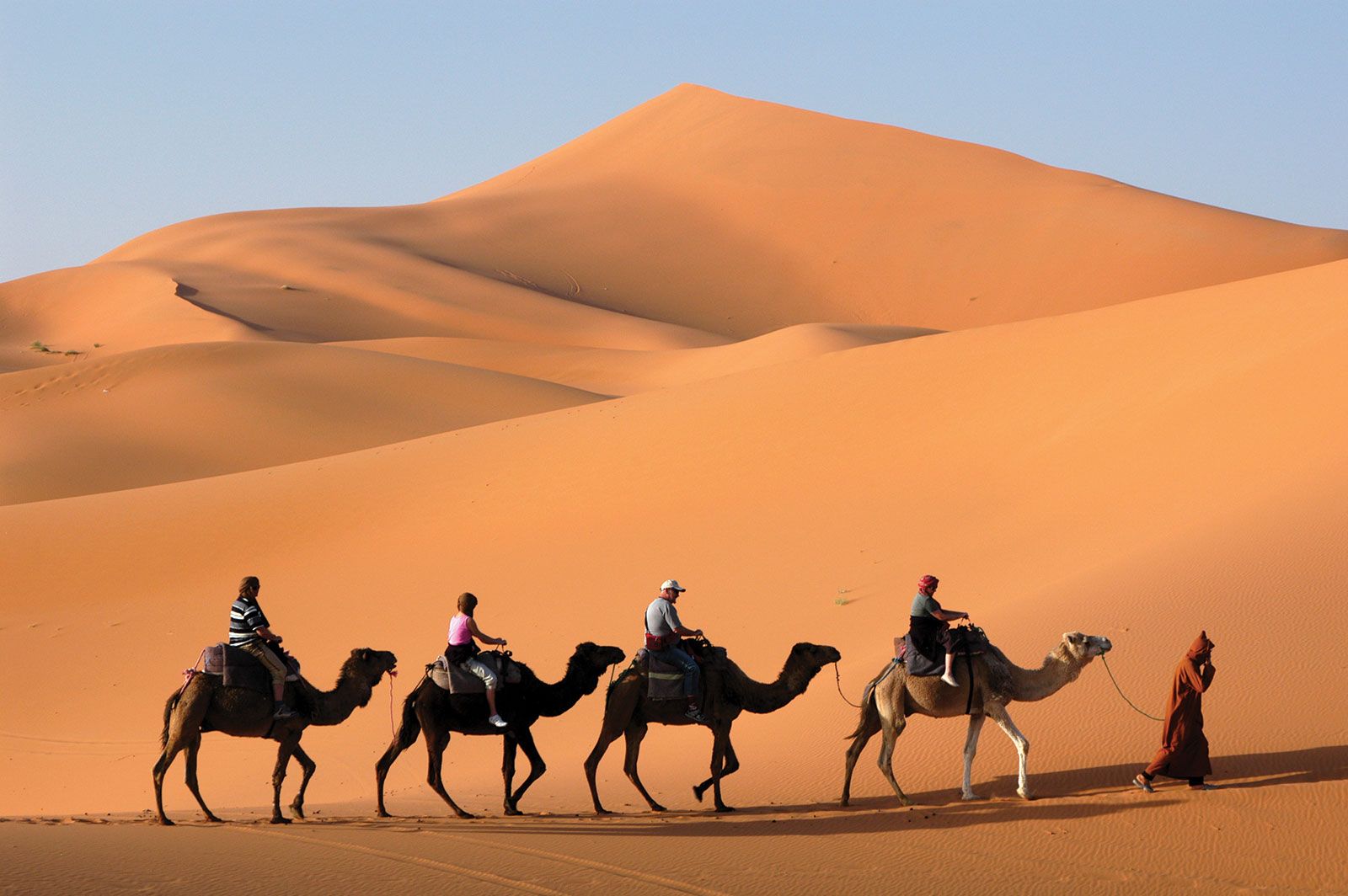
Most parts of the desert hardly see any rainfall
The central part of the Sahara is one of the driest places on the planet, very close to the arid areas of the Atacama Desert in South America. The utmost northern part of the desert sees most rainfall as precipitation from the Mediterranean Sea sometimes reaches it. In these areas, the annual rainfall can be anywhere between 100 and 250 millimeters. Most of the Sahara Desert receives less than 20 millimeters with the driest places sometimes receiving less than 1 millimeter, which is pretty much next to nothing!
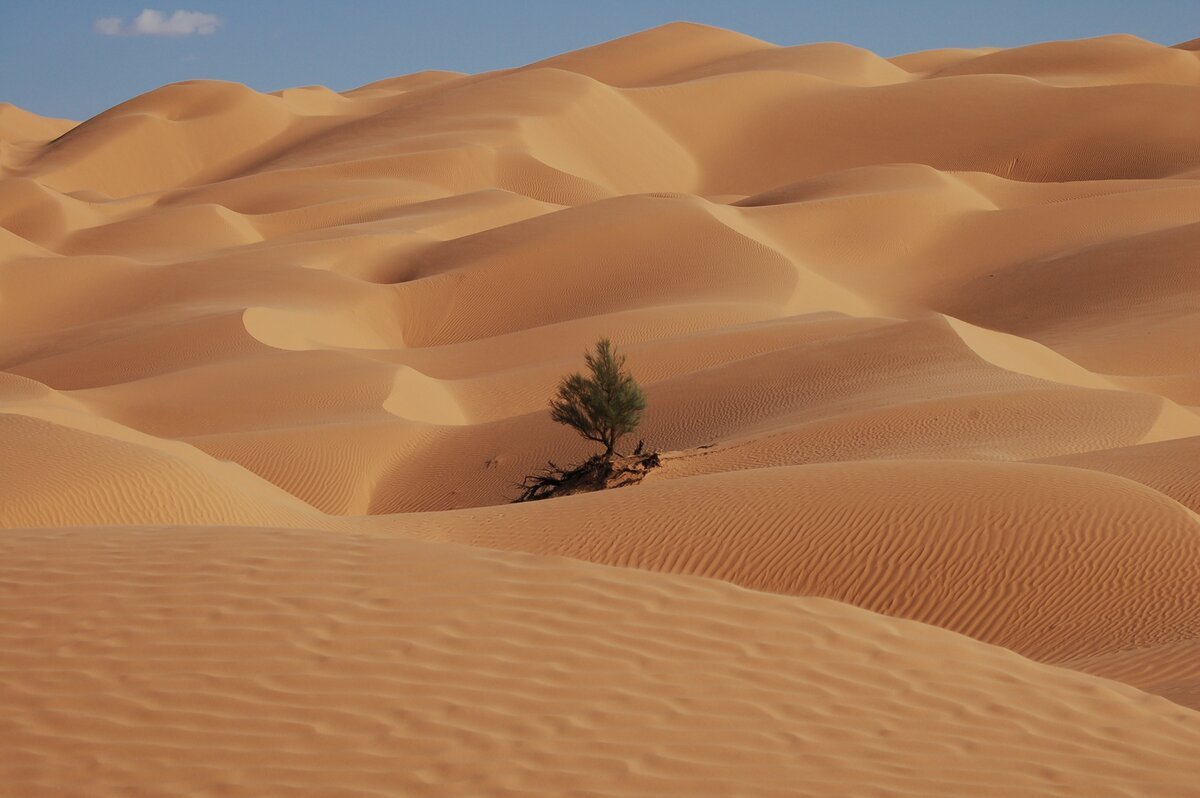
It’s the largest hot desert on the planet
The Sahara Desert is extremely large in the northern part of Africa. It covers an area of 9,200,000 square kilometers within the borders of 10 different countries. These countries include Algeria, Chad, Egypt, Libya, Mali, Mauritania, Morocco, Niger, Western Sahara, Sudan, and Tunisia. The desert has a width of 1,800 kilometer) and a length of approximately 4,800 kilometers. This makes it the largest hot desert on the planet because only the cold deserts in the Arctic and Antarctica are larger!
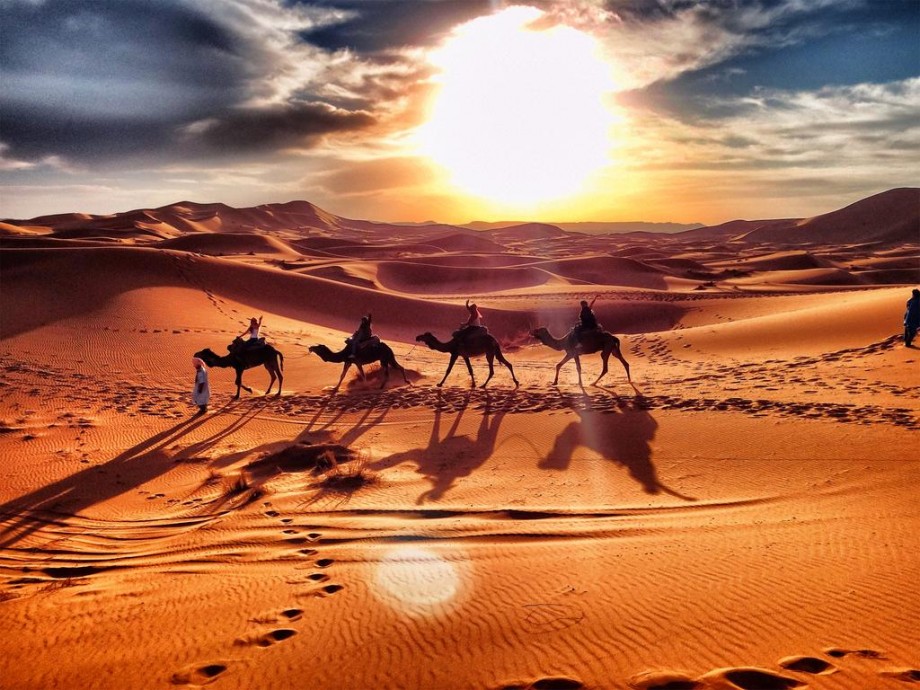
Plants have developed a special system to survive in this arid region
Some areas of this desert don’t have any vegetation at all. Especially the Tanezrouft region along the borders of Algeria, Niger, and Mali, is one of the most desolate landscapes on the planet. Most parts of the desert, however, receive enough precipitation for some sort of vegetation to exist. These plants have developed adaptations to deal with these extremely arid conditions and some of these include acacia trees, palms, succulents, spiny shrubs, and various types of grasses.
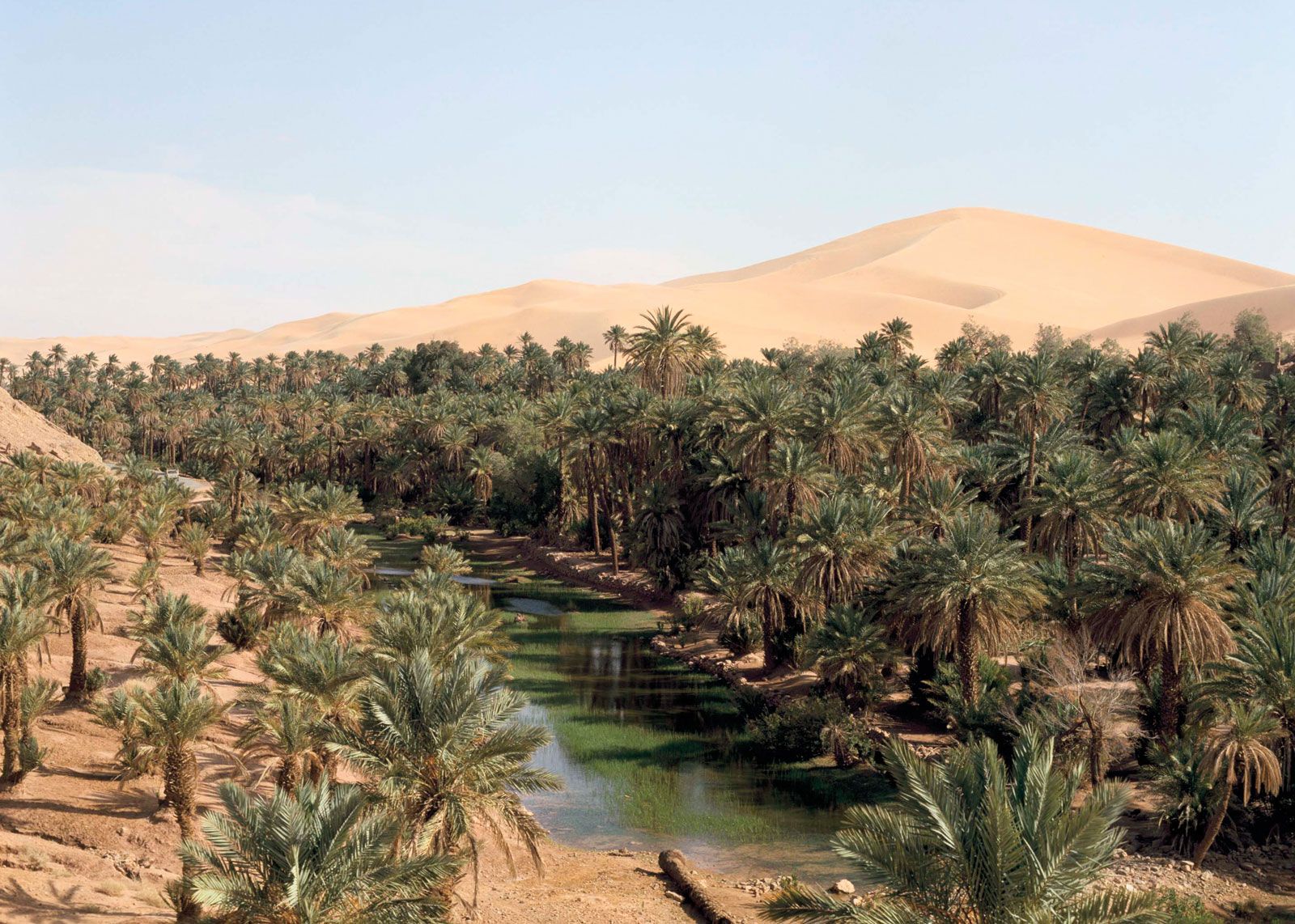
Its name is derived from an Arabic word
The name of the desert, “Sahara,” doesn’t contain a lot of mystery. It’s simply a variation of the translation of the Arabic word for desert which is “ṣaḥra.” Because the Sahara consists of multiple different desert areas, the plural version was used which is “ṣaḥārā,” a word that translates to “deserts.”
